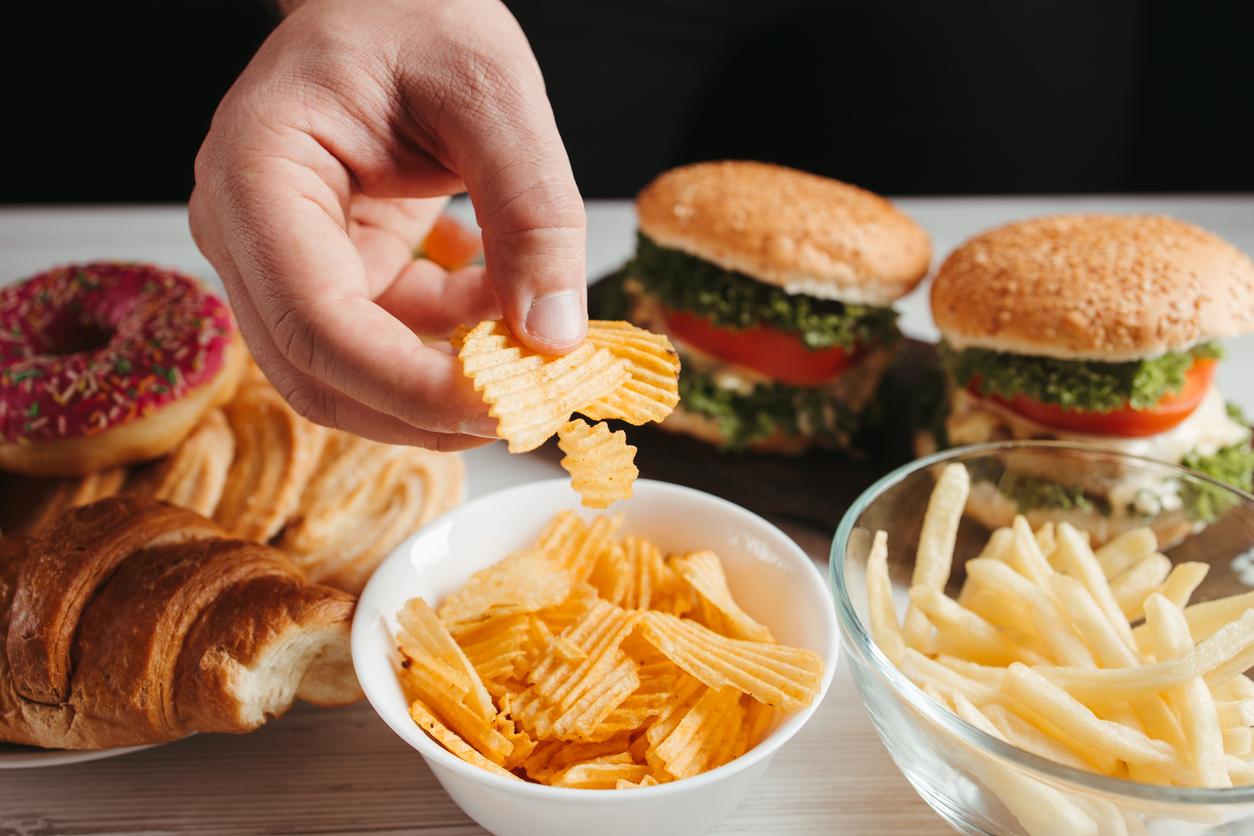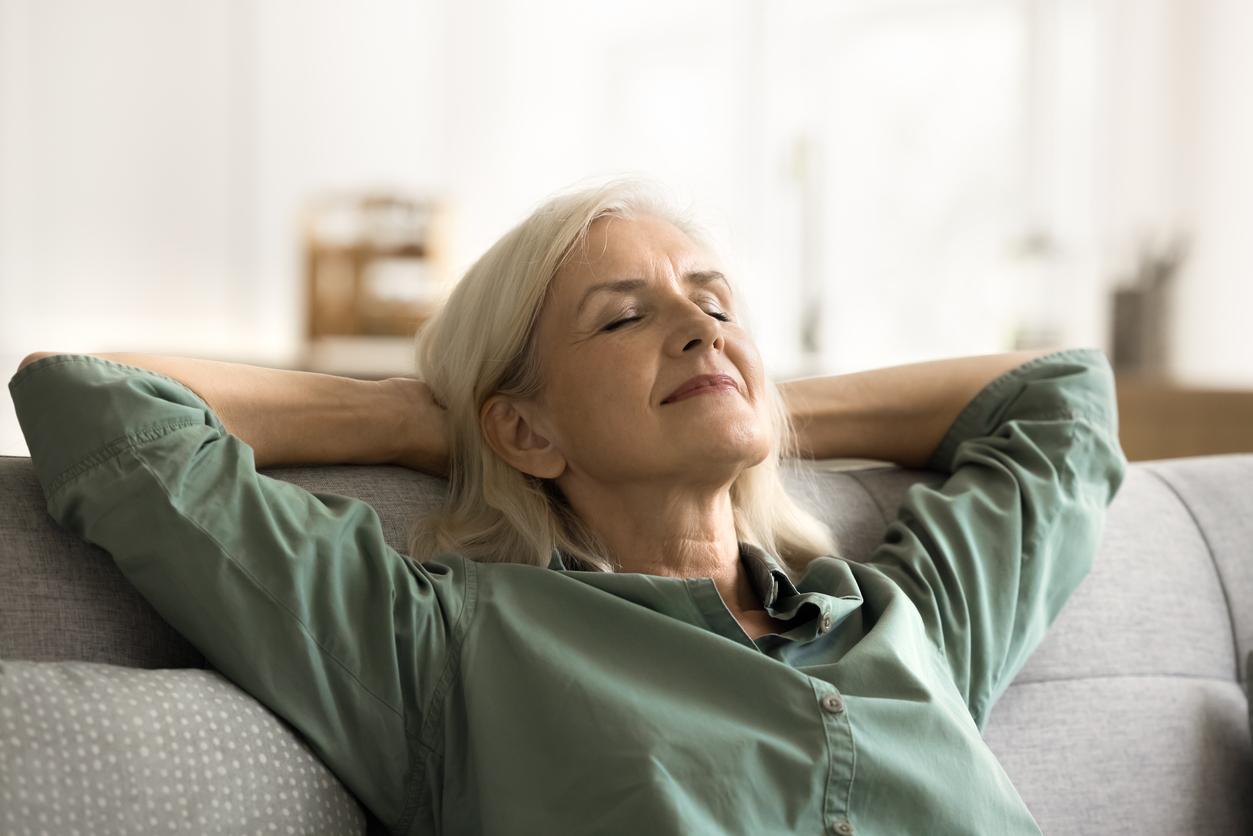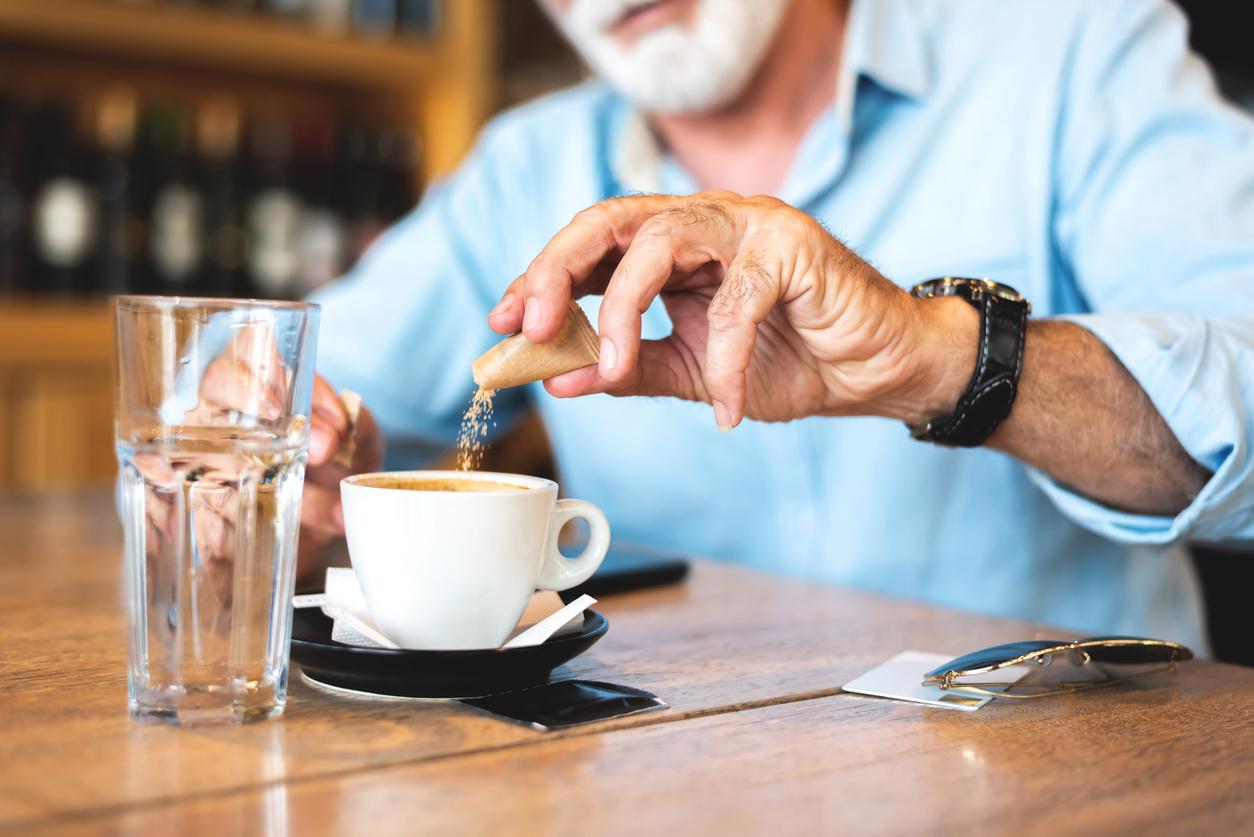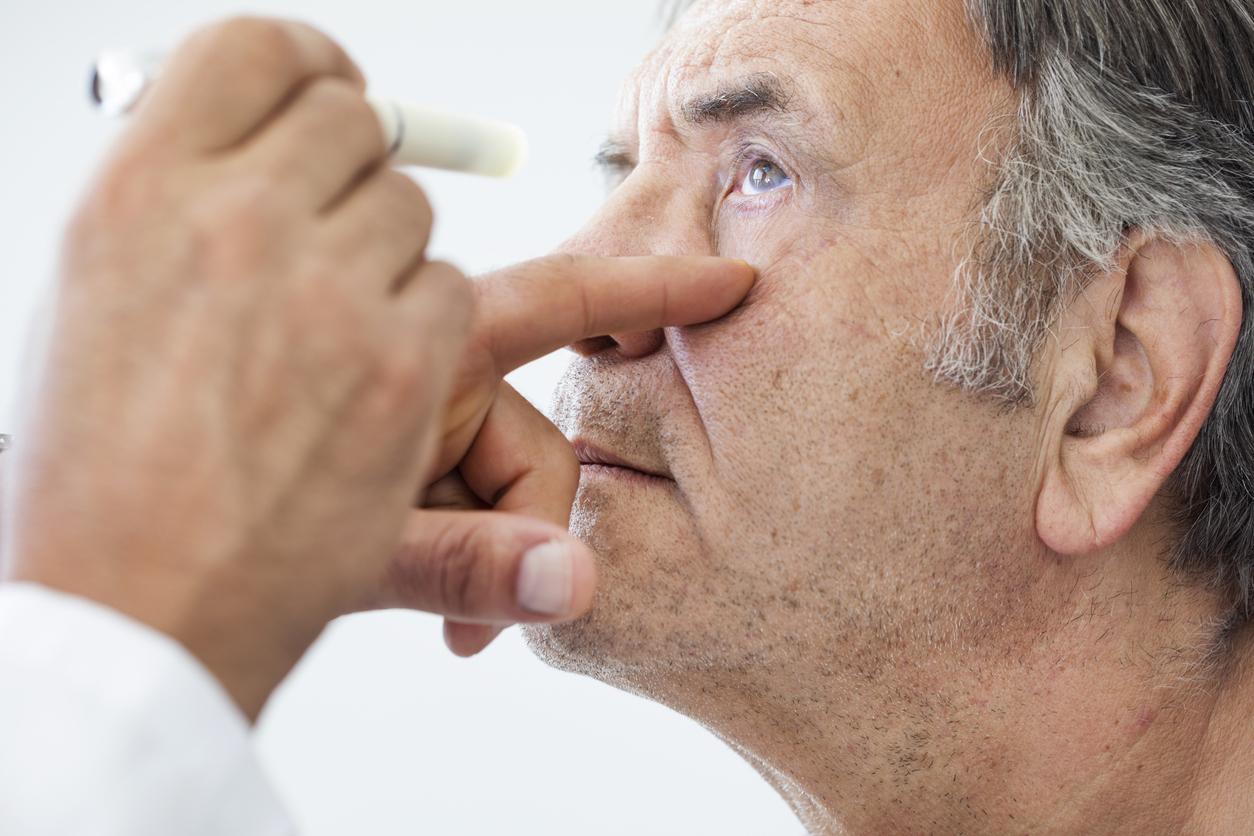The ability to balance on one leg may be a more reliable indicator of aging than muscular strength or gait, according to researchers.
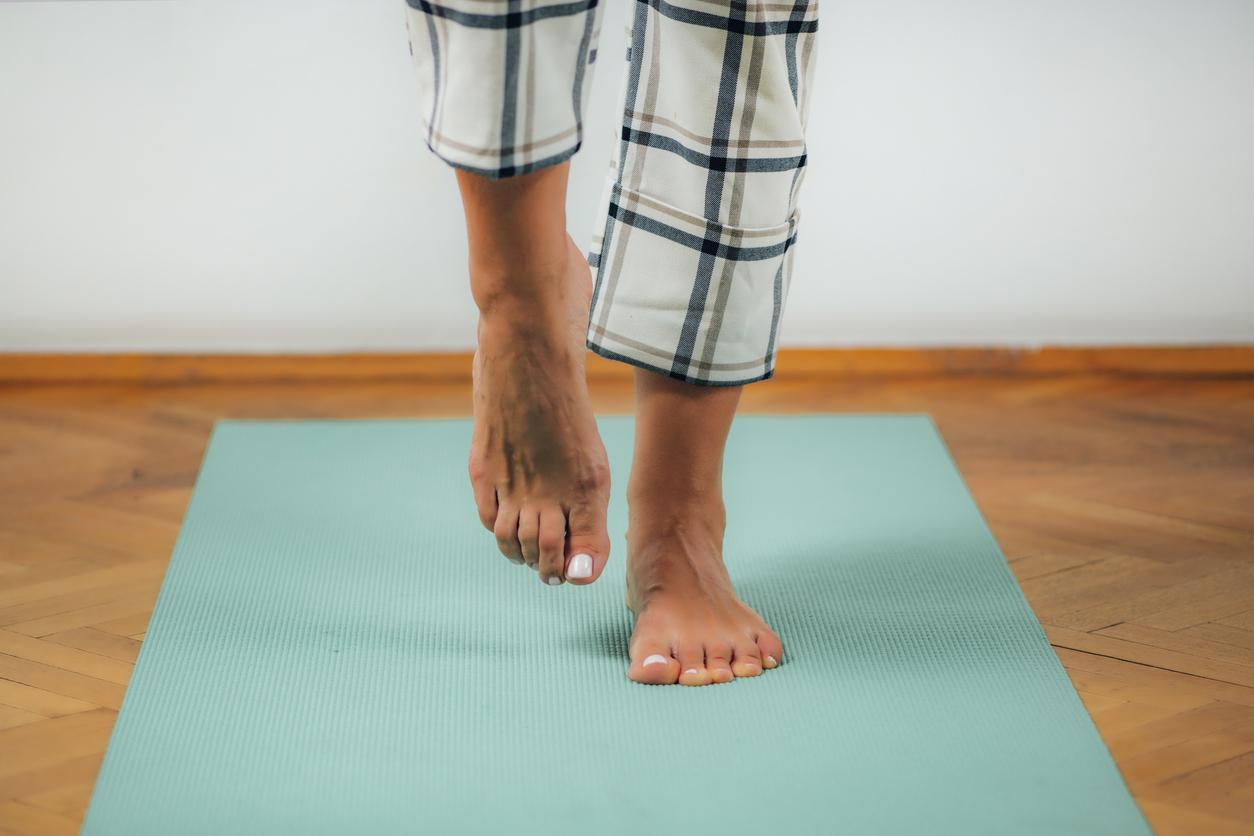
- A study finds that the ability to balance on one leg, particularly the non-dominant leg, is a more reliable indicator of aging than muscle strength or gait.
- By testing people over 50, researchers found that balance is what declines most sharply with age. This deficit increases the risk of falls, a major problem among seniors.
- Unlike strength or gait, balance can be easily improved with simple exercises, such as holding for 30 seconds on one leg, thus allowing you to preserve your independence as you age.
It would therefore be possible to estimate its longevity by simply standing on one foot. According to a new study published in the journal PLOS ONEthe ability to balance on one leg, particularly the non-dominant leg, would be a much more reliable indicator of aging than muscular strength or gait. This discovery could help better understand age-related processes and help prevent falls, a major cause of injuries among older adults.
The importance of balance as you age
Balance, muscular strength and gait are key elements in guaranteeing the autonomy and well-being of individuals as they age. And it is by following these indicators that health professionals can develop appropriate prevention programs. But, among these three criteria, what are the most revealing signs of age-related decline? To find out, researchers from the Mayo Clinic in the United States recruited 40 healthy people, all aged over 50, by subjecting them to various balance, strength and walking tests. . Participants were divided into two groups: those under 65 and those over 65.
Balance tests consisted of standing in different positions, including on both feet or on one leg, with eyes open or closed. It was during the single-leg stand exercise that the researchers observed the greatest decline with age, particularly on the non-dominant leg. “Balance is a crucial indicator because it involves the coordination of several body systems, including vision, the vestibular system (the inner ear) and sensory systems. Poor stability significantly increases the risk of falling, a danger major for the elderly”explains Kenton Kaufman, lead author of the study, in a press release.
Muscle tests less indicative of aging
Although participants’ muscle strength, assessed by measuring grip (the force with which one can grip an object with one hand) and knee strength, declined with age, the decline in balance was even more pronounced. . Note, however, that grip was found to decline more quickly than knee strength, making it a better indicator of aging than other strength tests. As for the walking tests, which consisted of moving over an 8-meter path, they did not show significant variations with age. This is because the participants were walking at their normal pace and not at maximum speed.
The good news is that it is possible to improve and maintain your balance with simple exercises. “If you can hold 30 seconds on one leg, that’s a good sign,” explains Dr Kaufman, reminding us that it is enough to “train regularly, without special equipment, to maintain your abilities.” Because balance is like a muscle: if you don’t use it, you lose it, but by working on it regularly, you can preserve it.









